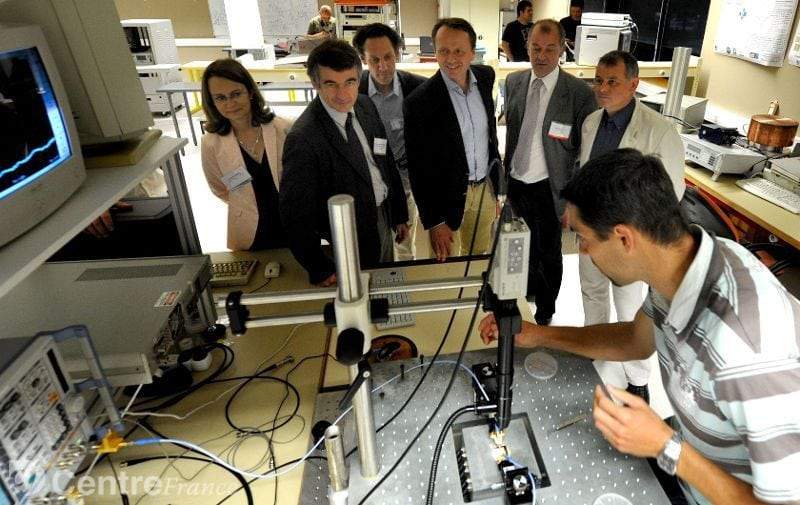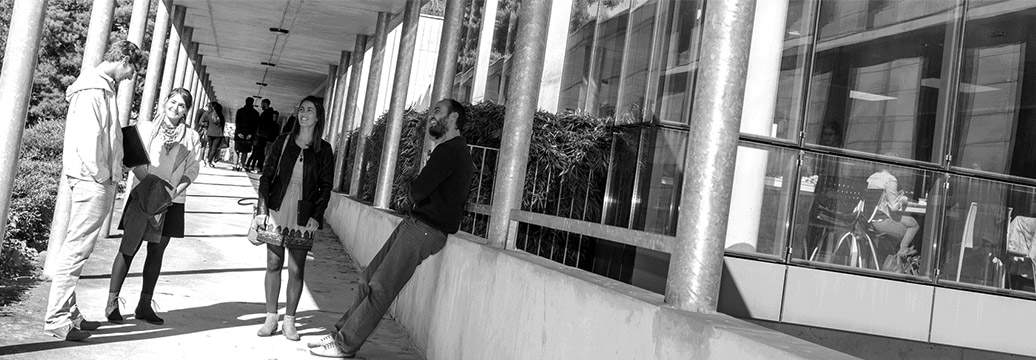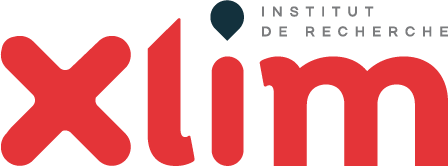Our research and development division
The research activities conducted by 3iL teacher-researchers in the XLIM laboratory (UMR CNRS n ° 7252) are varied but they mainly concern the field of radiofrequency transmission systems.
For instance, those research activities aims to the simplification of architectures, improving the efficiency and the use of very high frequencies (those found in microwaves).
These problems hide other ones, which are hardly visible to the end user. For instance, the study of breakdown phenomena is essential, especially for the space sector where electronic equipment are subjected to extreme temperatures and pressure conditions. Knowing the operating limits of antennas and filtering devices is therefore of paramount importance. The difficulty of these studies lies in the multitude of the physical phenomena that are used: thermal, mechanical, electromagnetic, etc.
The results of these research activities lead to different kinds of implementations that are beneficial for the whole society. It includes the development of passive imaging systems for the design of scanners used in airports to ensure the security of passengers. Other projects are conducted in the aeronautic sector to improve landing assistance systems by increasing the accuracy of differential GPS. The space sector is also interested in improving its communication systems to meet the ever-increasing demand. Devices that are adjustable in frequencies reach these goals.
The necessary research studies made for the design of these equipment are based on the development of numerical models and it allows to carry out numerous simulations on computer. This unavoidable phase can only be carried out by multidisciplinary research teams showing expertise in the field of electromagnetism, material behavior, mathematical and computer tools, optimization, etc.

Christophe Durousseau
Lecturer-Researcher – 3iL Limoges
Being a lecturer-researcher leads me to work on a wide range of activities that are intellectually stimulating. The stereotype of the lonely researcher locked up in his laboratory is out of date. Nowadays, research projects are carried out by teams of people from different backgrounds, sharing different expertise and perspectives. This multiplicity of expertise, which is essential, includes, in our team, hyper frequency, antenna, optimization, mathematics, coding…
This function which is rich and diverse is complemented by my teaching activities that requires dedication, flexibility and rigor. My research activities at the XLIM research laboratory (UMR CNRS n°7252) allow me to support students interested in pursuing their studies in the field of research and development.
To me, the lecturer and the researcher are inextricably linked to each other, forming a unity.
Our postgraduate research degrees
Once they have successfully completed the second year of their engineering studies, 3iL students have the opportunity to do their final year of specialization at the University of Limoges. By doing so, students can choose between two research-oriented Master degrees:
The Master of Science ISICG :
- Computer science, computer graphics and graphic design
The Master of Science CRYPTIS :
- Information Security and Cryptology
Students have to attend to the “core courses” of the third year of the engineering program at 3iL and the specialization courses of those Masters of Science at the University of Limoges.
They will do a 6-month internship at the University’s research laboratory. They can also do this internship in a private company, depending on their own professional project.
Those students will get the Master degree of the University of Limoges in addition to the engineering degree of 3iL.





